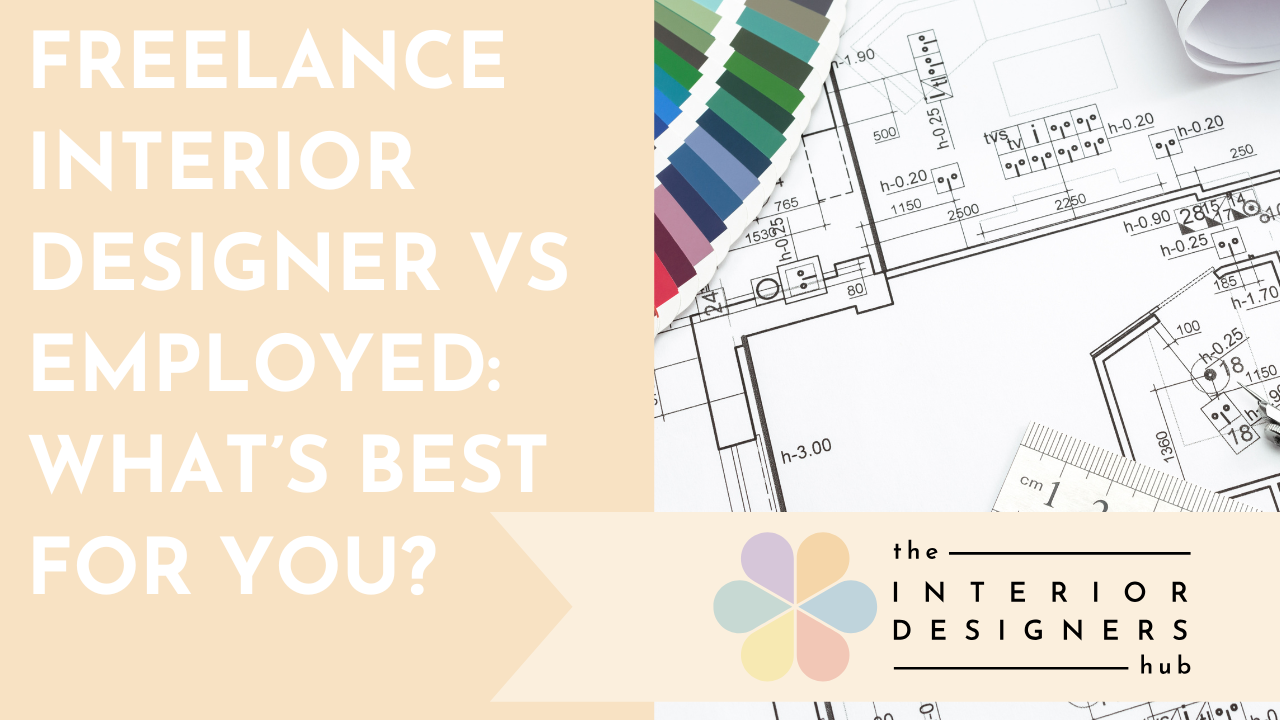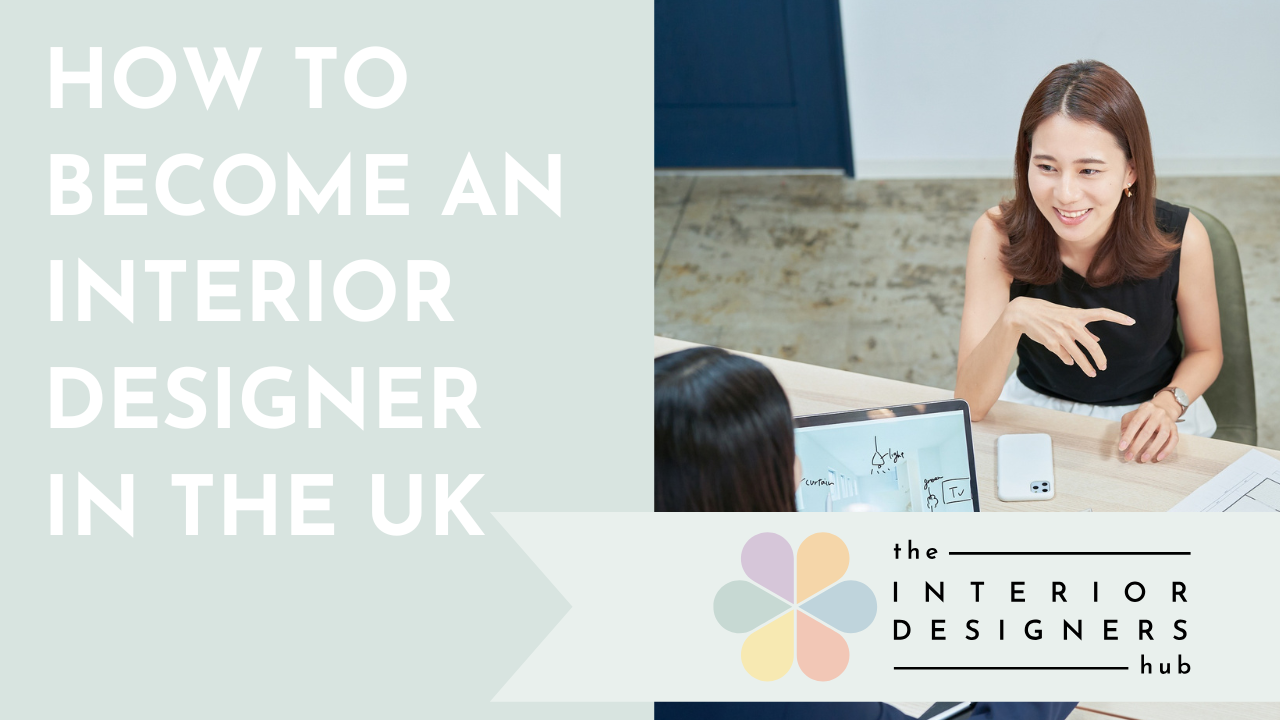How to Handle Your Initial Client Call

The initial client call or discovery call. They can go by different names and if you’re not crystal clear about your approach, they can also go in very different directions. It’s so important to understand exactly what you want to achieve when you first speak to a potential client, and funnily enough, it’s not always to bag their business.
Of course, we would love every potential client to want to work with us and vice versa. It’s called being human, but not every job is going to fit our expertise and even more importantly, not every designer and client will gel.
It’s called a discovery call for a reason - we should be gathering as much information as possible so YOU can make a decision on whether you’d be a good fit for the client. It’s all in the preparation, structure and taking control, let’s dive in.
Interior design pre-call hack
This goes without saying, but preparation is everything. Do your research ahead of the call and there is one hack to gather more insightful information as well as what you can gather from browsing their website and social media platforms.
Using a platform like Calendly, which allows potential clients to book in a call at a time that fits into your schedule, you are also able to ask them some predetermined questions to help you better understand their needs.
A mix of emotionally driven and practical questions should be used, for example:
- What would you like to discuss with me on our call?
This might sound like an obvious question…’Interior design...obviously’. But this question could determine whether they are on a fact finding mission, ie. Can I get some inside knowledge so I can do it myself. Or whether they are serious about working with you, ie. I am finally ready to transform my living space into my vision.’
- What’s the one (or multiple) thing weighing on your mind about taking on an interior design project?
This question will reveal their fears and the reason they might not want to commit to working with you. Use this as a chance to alleviate any worries, provide them with counter reasons why they don’t need to hold on to their fear.
- How do you want to feel in your space once it has been transformed into your vision?
We are all driven by emotions. The more emotionally invested we are, the stronger the drive. This will highlight their emotional connection to the project and how you can help them make it a reality. Alternatively this could tell you if they see this as more of a vanity project, which will help you decide if they’re someone you want to work with.
Success is in the structure
A successful discovery call is determined by how in control of it you are and that’s whether it ends in a sale or not.
Ensure you have a script in place before the call with a clear structure - beginning middle and end. Keeping in mind this is just an exploration of ideas and personality, this call isn’t about making solid plans or idea sharing.
You need to take the lead from the second the call starts, so start as you mean to go on. Begin by thanking them and letting them know how excited or pleased you are that they have reached out to you.
Then let them know how the call will work, you will start by asking them some questions about their home or space, find out a little bit more how the space is used, who uses it and the dream result, both aesthetically and practically.
Once you have all of the information you need from them, you can talk about yourself, how you can help them, what you envision, how you work and what they can expect.
Next you’ll need to get on to the topic of budget if that hasn’t already been discussed, before asking them if they have any questions for you and explaining the next steps.
Talk their language
If you’ve done your research beforehand and collected additional information through your pre-call questionnaire, you should be in a really strong position to talk their language.
This means truly understanding their pain points, putting yourself in their shoes and feeling their worries like they were your own and authentically providing them with solutions and reassurance.
On the other hand, you should also focus on their hopes and aspirations. Confirm to them that their vision could be their reality and the practical ways in which you can help them achieve it.
Set your client call boundaries
If you have had negative experiences on client calls even after you’ve done your research, taken control AND structured the call to the tee, then you might need to review your boundaries on the call.
For example, it’s never a good idea to talk about pricing over the phone/Zoom before thoroughly reviewing the brief. Don’t get backed in to confirming this - boundary #1.
Remember, this isn’t a job interview, this is an exploration exercise to help you determine if you are a good fit for the client, it should feel like a mutual agreement and a balanced conversation. If you feel like you’re being interrogated, don’t ignore the red flags - boundary #2.
You should be asking most of the questions, if the client knows more about you, than you do about them and the project, you can’t make a call on whether you would be the right person to take on the job - boundary #3.
And this leads up nicely into the next thing to be wary of...
Falling in to the interior design fact-finding trap
Unfortunately, you will come across those who have zero intention of working with you. They have their vision, but they also want to be able to do it all themselves without having to pay for an expert.
It should be easy to identify these people, they’ll probably bombard you with lots of specific questions.
This is what you need to do when this happens:
- Ask them respectfully - are you looking to work with me directly on this project or are you hoping for more information and insight into handling this on your own?
- A direct question will give you a direct answer so if they say they are just looking for information, reassure them that this is definitely something you can help them with. But explain you are able to do this on a specific paid-for consultation call.
- Continue with the call and explain that you are able to take their vision and make it a reality without giving them any specifics on the how.
- Explain what it would look and feel like to work with you. And let them know they can come back to you to let you know if they want to continue.
Don’t take these instances to heart, just be prepared for it to happen so you can handle the situation with grace.
Word of mouth is so important, so even if they don’t agree to work with you, they might know someone else who they would recommend you to.
Why you should love client calls
Excited nerves are completely natural and important, because you want to make a great impression and find a dream client you can passionately work with. If you approach them with the mindset that no call is a bad call, you’ll begin to love them.
If a call results in an immediate connection of personality and vision - which is always the dream - then mega win.
But if it doesn't happen, it doesn’t mean you can’t take valuable lessons from it. Understand what didn’t go so well, can you improve on it for next time, how can you avoid pitfalls in the future?
Or maybe your gut is telling you the project wouldn’t feel right to take on, congratulate yourself for keeping your standards high and only working on projects that make you feel passion and joy.
Uplevel your Client Call Confidence
The Interior Design Hub is packed with resources to help you with the entire onboarding process, from initial enquiry through to project management. There is also a whole session on how to handle specific objections on your client calls.
Thinking about joining - read more here...
Not sure how to set up and run your own business?
👇 Grab our step by step roadmap and stop guessing! 👇
By submitting this form you consent to receiving marketing emails. You can subscribe at any time.









